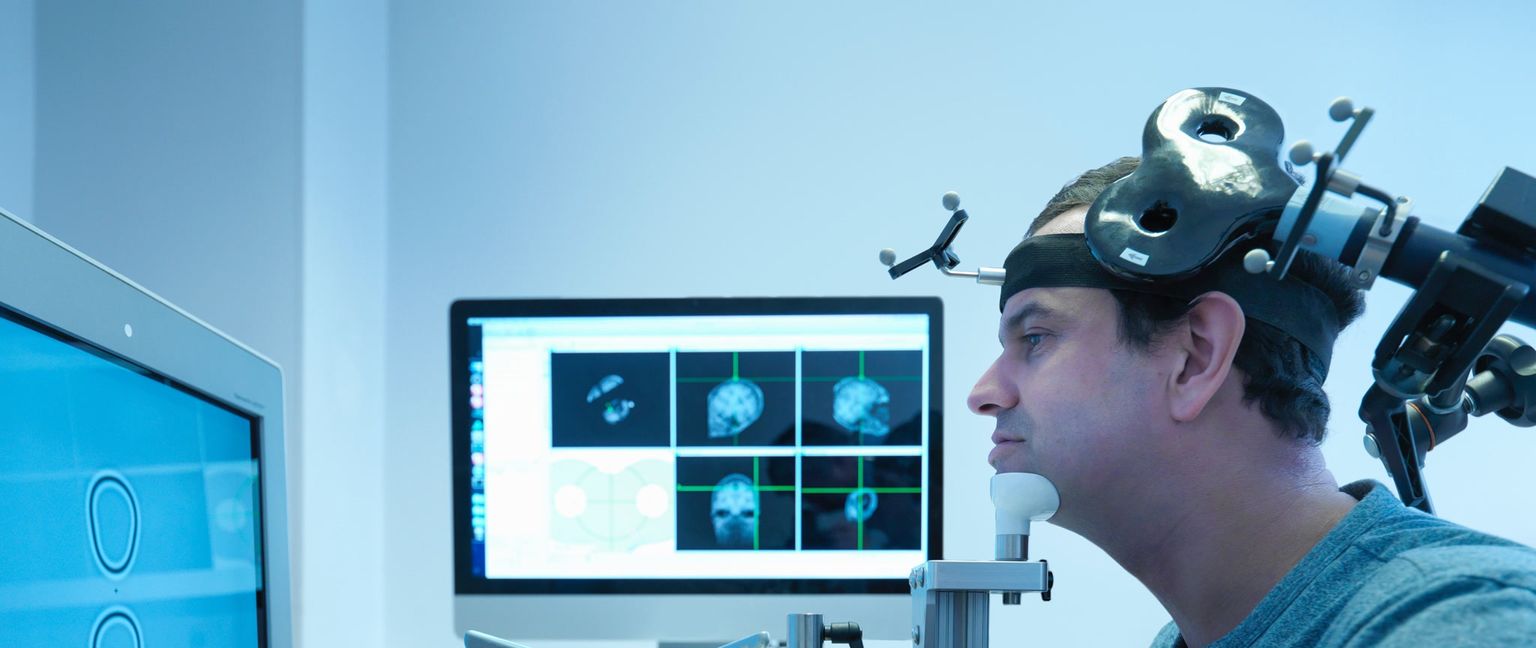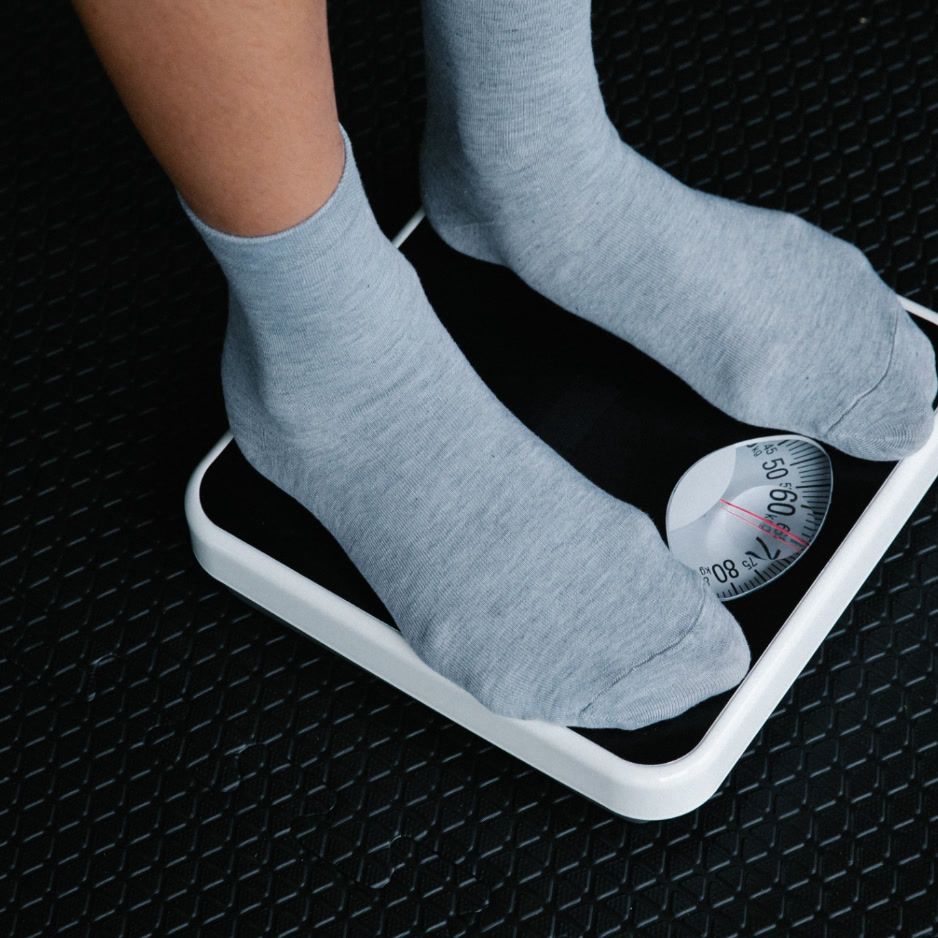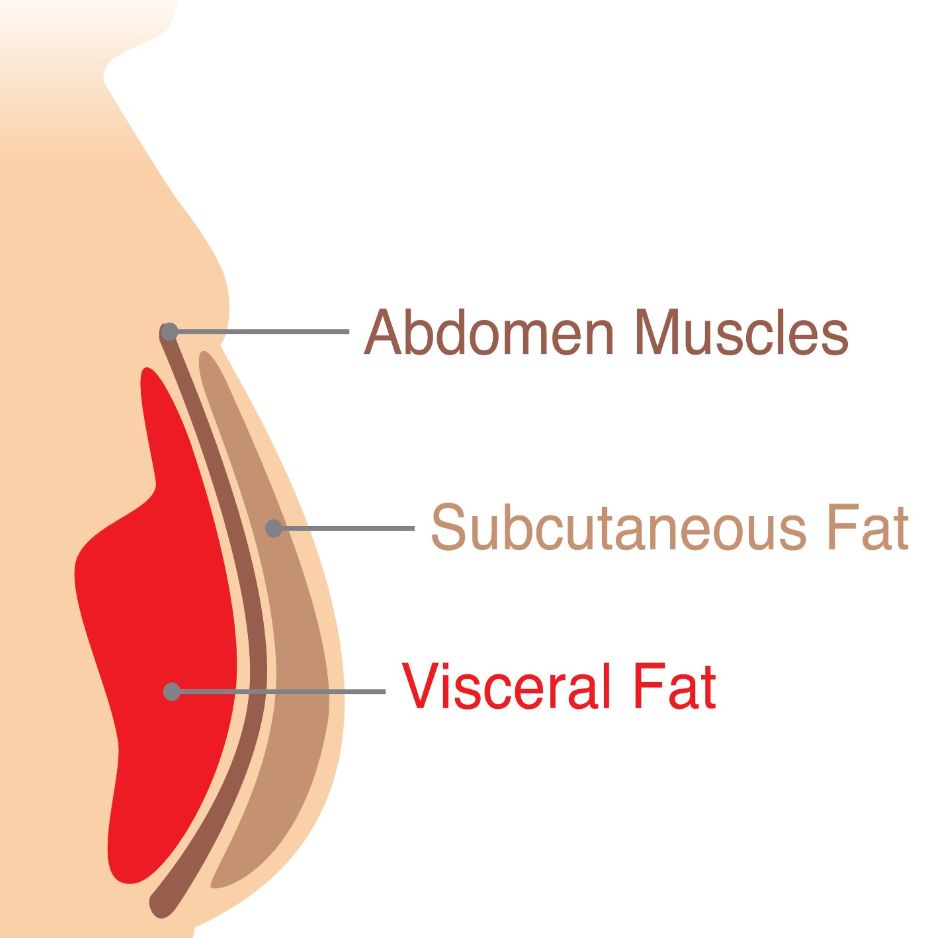Exploring the Benefits of Transcranial Direct Current Stimulation

Exploring the Benefits of Transcranial Direct Current Stimulation
Transcranial Direct Current Stimulation (tDCS) is a non-invasive brain stimulation technique that has gained significant attention in recent years. By applying a weak electrical current to specific areas of the brain, tDCS is believed to modulate brain activity and promote various therapeutic effects. In this article, we will dive into the world of tDCS and explore its potential benefits, the science behind it, as well as its safety profile.
Get weekly updates.
Understanding Transcranial Direct Current Stimulation
tDCS, short for Transcranial Direct Current Stimulation, is a non-invasive brain stimulation technique that involves the application of a low-intensity direct current to the scalp using electrodes. These electrodes are strategically placed over specific regions of the brain, targeting areas associated with various cognitive and motor functions. By stimulating these regions, tDCS aims to modulate brain activity and potentially enhance cognitive performance.
The duration of a typical tDCS session ranges from 20 to 30 minutes, with multiple sessions required to achieve lasting effects. During the session, a small electrical current is delivered to the brain through the electrodes. This current is typically well below the threshold for causing any pain or discomfort, making tDCS a safe and tolerable procedure.
The Science Behind tDCS
So how does tDCS actually work? The technique is based on the principle of modulating the excitability of neurons in the targeted brain region. When the current is applied, it changes the resting membrane potential of the neurons, making them more or less likely to fire. This modulation of neuronal activity is believed to underlie the therapeutic effects observed with tDCS.
Research has shown that tDCS can influence various aspects of brain function, including attention, memory, and motor skills. By stimulating specific brain regions, tDCS can enhance or inhibit neuronal activity, leading to improvements in cognitive abilities or alleviation of certain neurological conditions.
Key Components of tDCS
Two key components of tDCS are the anode and the cathode. The anode is the positive electrode, usually placed over the brain region of interest, while the cathode is the negative electrode placed elsewhere on the scalp. This electrode configuration allows for the targeted modulation of brain activity.
During tDCS, the anode stimulates the neurons in the targeted brain region, increasing their excitability. On the other hand, the cathode helps to balance the electrical charge and prevent any unwanted effects. The specific placement of these electrodes depends on the desired outcome and the area of the brain being targeted.
It is important to note that tDCS is a relatively new field of research, and while promising, its full potential and long-term effects are still being explored. Scientists and clinicians are continuously investigating the optimal parameters, safety guidelines, and potential applications of tDCS to ensure its efficacy and safety.
Potential Benefits of tDCS
tDCS has sparked interest in both cognitive enhancement and therapeutic applications. Let's delve into some of the exciting possibilities that tDCS may offer.
Cognitive Enhancement Possibilities
One potential benefit of tDCS is its ability to enhance cognitive functions such as attention, memory, and learning. Studies have shown promising results in improving working memory, decision-making, and even mathematical abilities. These findings suggest that tDCS could be a valuable tool for individuals seeking cognitive enhancement.
Therapeutic Applications of tDCS
Beyond cognitive enhancement, tDCS has shown promise in various therapeutic settings. It has been investigated as a potential treatment for depression, chronic pain, and even neurological disorders such as Parkinson's disease and stroke. The ability to modulate brain activity non-invasively opens up new possibilities for managing these conditions.
Safety and Side Effects of tDCS
Ensuring the safety of any medical intervention is of paramount importance. Let's take a closer look at how tDCS is evaluated for safety and explore its potential side effects.
tDCS, or transcranial direct current stimulation, is a non-invasive brain stimulation technique that has gained significant attention in recent years. It involves the application of a weak electrical current to specific areas of the brain, with the aim of modulating neural activity and potentially improving various cognitive functions.
Evaluating the Safety of tDCS
tDCS has a relatively favorable safety profile. Multiple studies have examined its short-term and long-term effects and found it to be generally well-tolerated. The low intensity of the electrical current used in tDCS minimizes the risk of serious adverse events.
However, it is essential to note that tDCS may not be suitable for everyone, and individual variability in response should be carefully considered. Factors such as the presence of pre-existing medical conditions, medications, and individual brain characteristics can influence the safety and efficacy of tDCS.
Researchers and healthcare professionals evaluate the safety of tDCS through rigorous scientific studies. These studies involve assessing the potential risks and benefits, as well as monitoring participants for any adverse effects during and after the stimulation sessions.
Common Side Effects and How to Manage Them
While tDCS is generally safe, some individuals may experience mild side effects such as itching, tingling, or mild skin irritation at the electrode sites. These side effects are usually transient and can be managed by adjusting the current intensity or electrode placement.
It is crucial to consult a healthcare professional before attempting tDCS to ensure its safe and appropriate use. They can provide guidance on the proper electrode placement, current intensity, and duration of stimulation based on individual needs and considerations.
Additionally, healthcare professionals can help identify any potential contraindications or precautions that need to be taken into account. For example, individuals with a history of seizures, epilepsy, or metal implants in the head should exercise caution when considering tDCS.
Furthermore, it is important to note that tDCS is still an evolving field of research, and there may be unknown risks or long-term effects that have not yet been fully explored. Ongoing studies and scientific advancements continue to contribute to our understanding of tDCS safety and efficacy.
In conclusion, tDCS shows promise as a non-invasive brain stimulation technique with a relatively favorable safety profile. While it is generally well-tolerated, individual variability in response and potential side effects should be carefully considered. Consulting a healthcare professional is crucial to ensure the safe and appropriate use of tDCS.
The Future of Transcranial Direct Current Stimulation
The field of transcranial direct current stimulation (tDCS) continues to evolve, with ongoing research and developments exploring its potential further. Let's take a glimpse into what the future might hold for this exciting brain stimulation technique.
Ongoing Research and Development
Scientists are continuously investigating new applications for tDCS. Research is underway to explore its potential in treating psychiatric disorders, improving rehabilitation outcomes, and even enhancing sports performance. For example, recent studies have shown promising results in using tDCS to alleviate symptoms of depression and anxiety, providing a potential alternative or adjunct to traditional treatments.
In the field of rehabilitation, tDCS is being studied for its ability to enhance motor recovery in individuals with stroke or spinal cord injuries. By stimulating specific areas of the brain, tDCS may help promote neuroplasticity and improve functional outcomes.
Furthermore, athletes and sports professionals are exploring the potential of tDCS to enhance cognitive and physical performance. By stimulating certain brain regions involved in attention, decision-making, and motor control, tDCS may provide athletes with a competitive edge.
Potential Impact on Healthcare and Society
tDCS has the potential to revolutionize healthcare by providing a safe, non-invasive, and cost-effective approach to neuromodulation. From enhancing cognitive abilities to managing various neurological conditions, tDCS offers a promising avenue for improving human well-being.
Imagine a future where tDCS is routinely used in clinical settings to treat conditions such as Alzheimer's disease, Parkinson's disease, and chronic pain. By modulating neural activity, tDCS may help slow down cognitive decline, alleviate motor symptoms, and provide long-lasting pain relief.
Moreover, tDCS could have a significant impact on mental health. With the rising prevalence of mental health disorders worldwide, the availability of a safe and effective brain stimulation technique like tDCS could provide much-needed relief for individuals suffering from conditions such as depression, anxiety, and addiction.
As research progresses and awareness spreads, we may witness the integration of tDCS into routine clinical practice, transforming the way we approach brain health. However, it is important to note that further research is needed to fully understand the potential risks and long-term effects of tDCS.
At BodySpec, we believe in the importance of tracking your body's composition to maintain optimal health. Our affordable DEXA Scans provide accurate measurements of body fat, muscle mass, and bone health. By monitoring these factors over time, you can make informed decisions about your health and well-being. Visit our website to learn more about the benefits of our DEXA Scans and start your journey towards a healthier you today.


